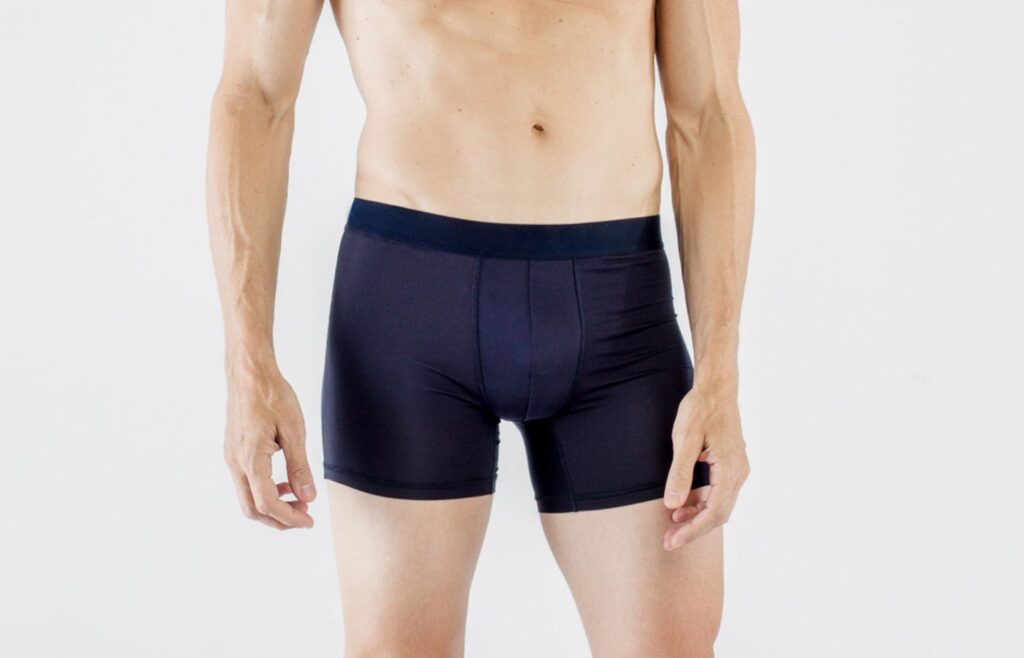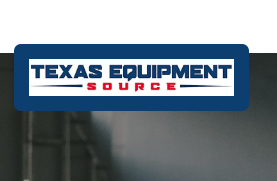Penile enlargement is a subject of increasing interest among men seeking greater confidence, improved aesthetics, or enhanced sexual satisfaction. With advancements in medical technology and growing demand, several methods have emerged to support male enhancement goals. Each technique has its own mechanism, benefits, risks, and expected outcomes. This comparison explores the most common Penile Enlargement in Dubai available today to provide an informative overview for individuals considering such options.
Penile Enlargement Surgery:
One of the most well-known and permanent methods is surgical Penile Enlargement (كيفية تكبير القضيب). There are generally two surgical approaches: lengthening procedures and girth enhancement. Lengthening is often achieved by releasing the suspensory ligament of the penis, allowing more of its internal portion to protrude outward. Girth procedures may involve fat transfer, dermal grafts, or synthetic implants. While surgery offers visible, lasting results, it comes with the risks inherent in any invasive procedure, including infection, scarring, and recovery time. It is essential to undergo thorough consultation and assessment before considering this option.
Injectable Fillers:
Injectable dermal fillers have gained traction as a non-surgical method to increase penile girth. Typically composed of substances like hyaluronic acid, these fillers are injected beneath the skin of the shaft to create a thicker appearance. The results are immediate, though temporary, and the procedure is minimally invasive. While fillers avoid the risks of surgery, they may require repeated sessions for maintenance. Potential side effects include swelling, bruising, and asymmetry, especially if not administered correctly.
Penis Pumps (Vacuum Erection Devices):
Vacuum erection devices, or penis pumps, are mechanical tools that use suction to temporarily enlarge the penis by drawing blood into the shaft. Though primarily used to treat erectile dysfunction, some individuals use them routinely in the hope of achieving long-term enlargement. The results are temporary in nature, and while some believe that repeated use may cause small permanent gains over time, scientific support is limited. Pumps are generally safe when used as directed but may cause bruising or discomfort if misused.
Traction Devices (Penis Extenders):
Penile traction therapy involves wearing a mechanical device that applies gentle, constant stretching force to the penis over extended periods. Clinical studies suggest that consistent use over several months can lead to modest gains in length. This technique is non-invasive and can be done in the privacy of one’s home, making it appealing for those seeking gradual, natural-looking results. However, it requires commitment, as daily use for several hours is typically recommended to see measurable improvement.
Pills and Natural Supplements:
Various pills and herbal supplements claim to enhance penis size through natural ingredients that promote blood flow, testosterone levels, or tissue health. While many of these supplements are widely marketed, the majority lack robust clinical evidence supporting their effectiveness. Users should be cautious of exaggerated claims and ensure they choose reputable, safe products. These methods may offer ancillary benefits such as increased libido or stamina but are unlikely to result in significant enlargement on their own.
Exercises and Manual Techniques:
Penile exercises like jelqing and stretching are popular among men looking for natural enlargement without medical intervention. These techniques involve massaging and manipulating the penis in specific ways to encourage tissue expansion. While anecdotal reports of success exist, there is limited scientific backing for their efficacy. More importantly, improper technique or excessive pressure can lead to pain, bruising, or even long-term damage. Caution and proper education are essential when exploring manual methods.
Final Thoughts:
The decision to pursue Penile Enlargement (تكبير القضيب) is deeply personal and should be made with careful consideration of goals, health status, and risk tolerance. While some methods promise fast results, others require patience and consistency. Non-invasive techniques may be safer but less dramatic in effect, whereas surgical options can provide more significant change with increased complexity. Ultimately, understanding the pros and cons of each approach can empower individuals to make informed choices that align with their expectations and comfort level.







0 Comments